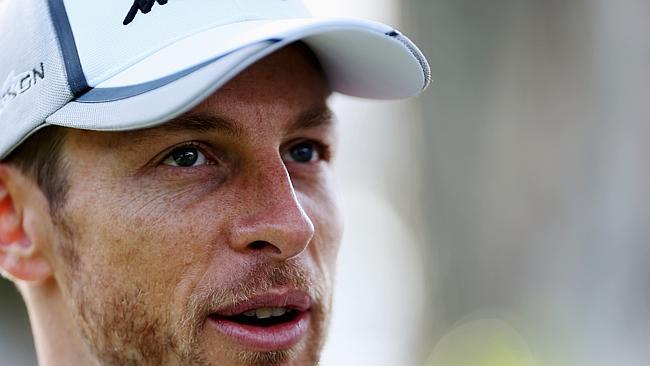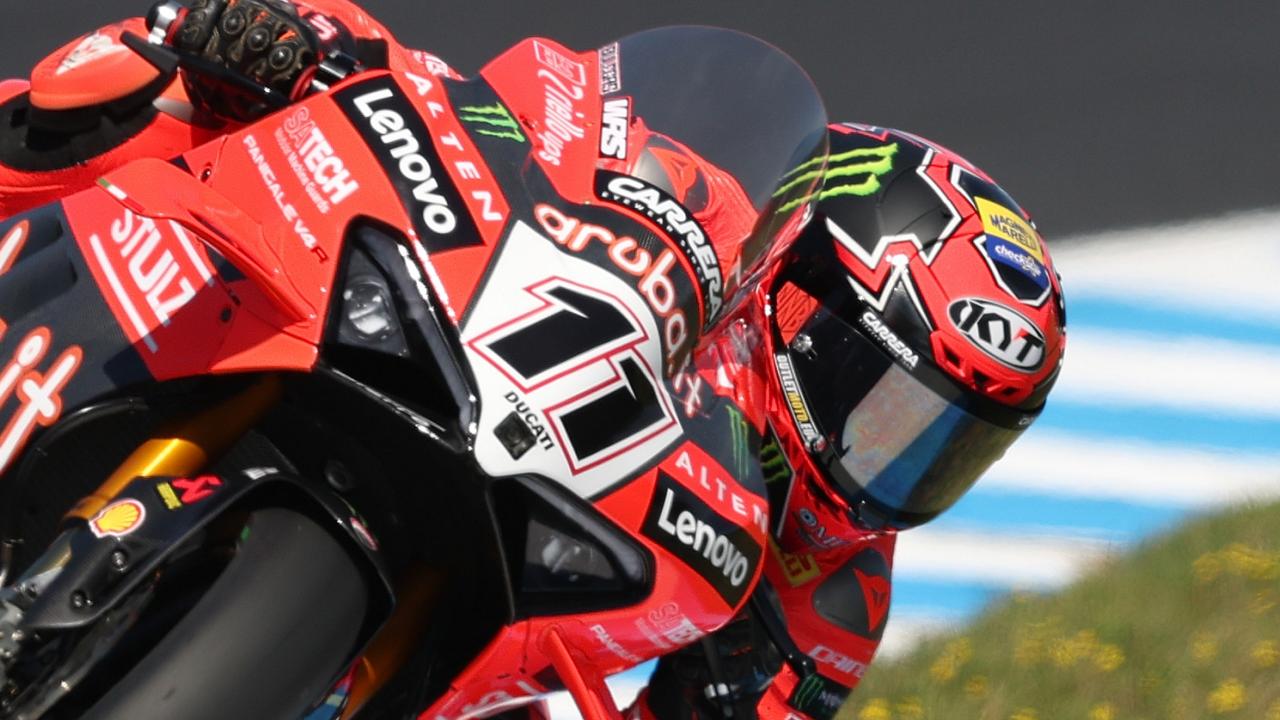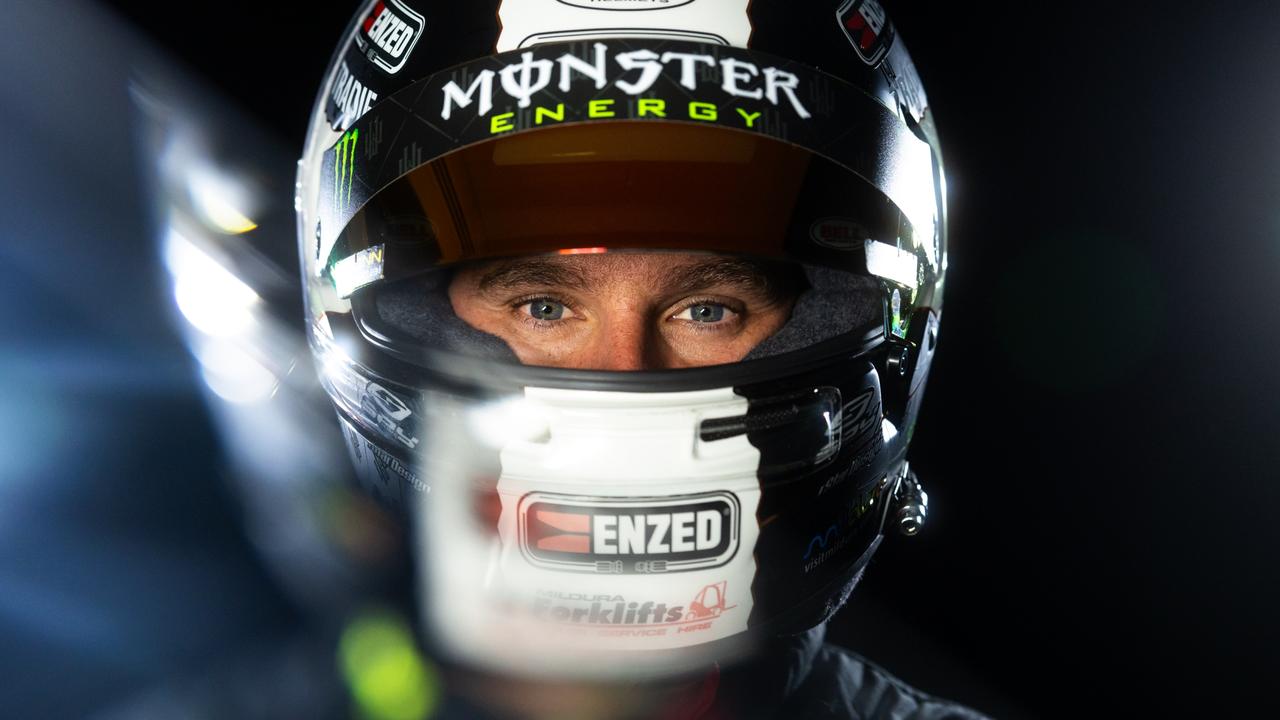Demise of V8s will prove which F1 drivers can talk the torque
GONE are the V8s, banished to the scrapyard like so many Australian-made sedans. In their place is the turbocharged six.

GONE are the V8s, banished to the scrapyard like so many Australian-made sedans, vestiges of a fuel-guzzling past. In their place is the turbocharged six, with all manner of electronic wizardry providing extra power from other parts of the car.
No more need for ear plugs. Gone is the piercing F1 whine, replaced by a lower, throaty grumble. From where Jenson Button sits in his McLaren, it is a new mechanical melody; the “stupid revs” as the turbo kicks in, the whooshing sound as it backs off.
All the talk is of torque, bucketloads of it, a surplus in any gear, a fickle double speak that can mask an ill-chosen gear in one corner and send the wheels madly spinning in the next.
“There is so much power at your disposal the whole time, there is so much torque,” explained Button, a former world champion entering his 15th F1 season. “I have never driven a racing car with torque before in my whole career. So this is new to most of us.
“That is why we can go through corners in second gear or fourth gear. It is also quite tough to feel wheel spin. It is very, very tricky.”
Button knows that if testing is any guide, his car is well off the pace of Mercedes and Williams. He also knows that Sunday’s race is going to be a difficult business, as the teams try to find the sweet spot within the new engines, body design requirements, fuel limits and fast wearing tyres.
The engineers will be frantic, as they were in final testing at Bahrain. But ultimately, more will rest with the drivers. World champion Sebastian Vettel expects only 12 of 22 cars to finish the race and hopes his Red Bull will be one of them. Midway down the pit lane, Sauber’s Adrian Sutil likes those odds, the uncertainty of it all.
“It is a very, very different feeling,” he said. “But I find it quite interesting. Everyone is unsure and it makes the sport more exciting for everyone at home.
“You have more torque. You have a lot of electrical power. You have low revs. It is a bit easier in the corner to find the gear. You have always a lot of power and a lot of torque. At the same time you have harder tyres; you have less grip in the corner from the aerodynamics. It makes it more tricky.
“It feels like you have more chances for something spectacular. It opens up chances for everyone. Through the pit lane, if you look to certain teams, if it is a small or a big team, everyone could be fast. This is a very unusual situation.”
For drivers with an instinctive, deeply felt need for speed, this year’s radically altered cars are a cruel mistress. They are actually faster in a straight line, with a greater top speed, than last year’s V8s. But they corner more slowly and are less forgiving.
Perth-born Daniel Ricciardo, preparing for his first race with the world champion Red Bull Racing team, says drivers will need a smoother approach. “You have to be a bit more precise and drive with a bit more finesse,” he said.
Sergio Perez, who has joined Force India after being dumped by McLaren, says more torque and less grip in the corners is a recipe for spinning rear wheels and early retirements. “We are going to see more driver errors this year,” he said. “Once the tyre degradation starts to kick in, it is very difficult to drive this car. The good drivers will come out best.”


